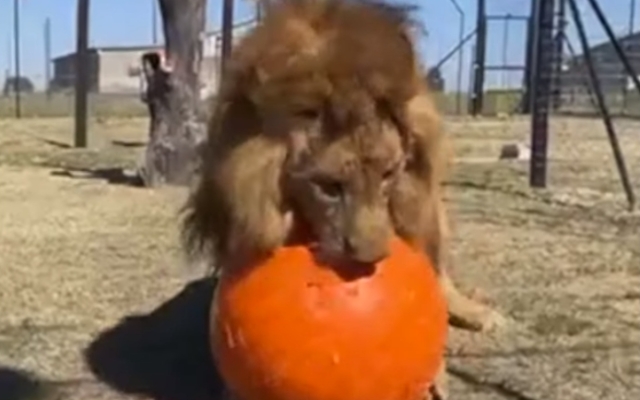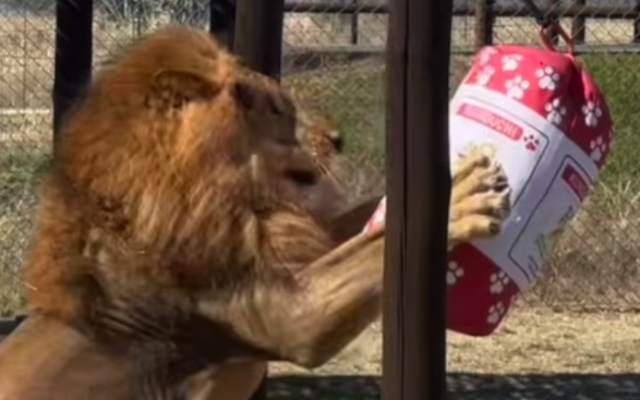In a rare and alarming situation, six lions were found either roaming the streets or wandering the desert, prompting a swift response from Kuwait Zoo. The zoo’s immediate intervention was crucial in safeguarding these majestic creatures, offering them temporary refuge until permanent homes could be arranged.

The rescue operation marked the beginning of each lion’s journey towards safety and a better future. The lions were saved one by one, highlighting the need for a coordinated effort to ensure their well-being. These animals had been abandoned by dealers who failed to find buyers or by pet owners who realized the impracticality and danger of keeping lions as pets. The common factor in their abandonment was a significant misunderstanding of the responsibilities involved in caring for such powerful animals.
Every lion’s rescue added a personal touch to the operation, with each having a unique story. One lion, named Muheeb, stood out due to his distinctive personality. Known for his observant and friendly nature, Muheeb exemplified the remarkable individual traits of these animals. These personal stories added an emotional dimension to the rescue efforts.

Animal Defenders International (ADI) played a crucial role in facilitating the rescue and transfer of the lions. ADI’s involvement ensured that the lions were moved to a location where they could live more naturally and safely. The complex logistics of transporting the lions required meticulous planning and execution, showcasing a global commitment to giving these animals a second chance at life.
Qatar Airways Cargo generously provided a cargo aircraft for the transportation of the lions, making the intricate process possible. The journey involved sedating the lions for their safety, securely crating them, and managing the flight’s logistical coordination. This massive effort demonstrated the international cooperation necessary for the successful relocation of the lions.

Upon arrival in South Africa, the lions began to adapt to their new surroundings. The sanctuary offered enrichment activities, such as catnip punch bags, to stimulate their natural behaviors and help them adjust to a more fulfilling lifestyle. These activities aimed to restore a sense of normalcy and well-being to the previously distressed animals.
Despite their relatively good health, the lions were smaller than usual due to breeding practices by dealers to make them more suitable as pets. This distortion of their genetic makeup highlighted the harmful effects of treating wild animals as domesticated pets. The sanctuary’s goal is to allow these lions to grow and thrive in a natural environment, mitigating some of the damage caused by their previous living conditions.

Introducing the lions to each other is a gradual and careful process. The sanctuary hopes that, over time, the lions will form a “super pride,” establishing their social structure naturally. Observing the lions as they explore and assert themselves in their new environment is a critical part of their rehabilitation.
The sanctuary looks forward to witnessing the lions’ first experiences in their new home, from roaring on platforms to claiming their space. The ultimate hope is that these lions will feel safe and at home in their new surroundings, living the natural life they were always meant to lead.
 Toledo, United States.
Toledo, United States.